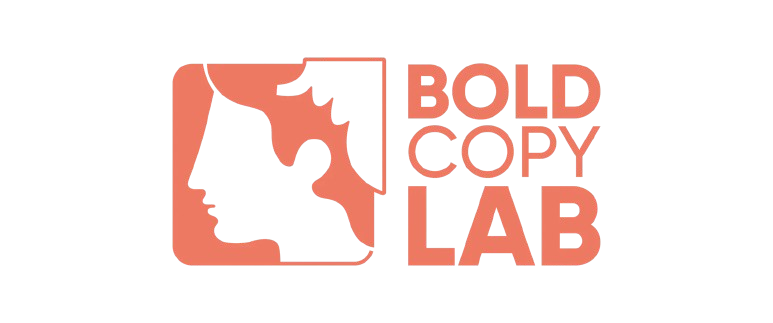As a wordsmith in advertising, you wield the power to shape perceptions and drive action. But with a diverse landscape of writing formats, crafting the perfect message requires more than just catchy rhymes. The key lies in understanding the nuances of each format and adapting your writing accordingly. So, grab your metaphorical pen and unleash your inner wordsmith as we explore the most popular ad formats and their unique writing quirks:

1. Landing Page Copy: Your Conversion Champion:
The landing page is where your ad leads potential customers on a one-way street to conversion. Here, clarity and persuasion are paramount. Speak directly to their pain points, emphasize your solution’s benefits, and use strong calls to action. Remember, you only have a few seconds to grab their attention, so keep it concise and value-driven.
2. Search Engine Ads (SEAs): Brevity Bites Back:
In the competitive world of SEAs, every character counts. Craft concise, keyword-rich headlines and descriptions that entice users to click. Focus on relevant keywords and user intent, and remember the all-important call to action. Every click is a potential conversion, so make it count!
3. Social Media Ads: Where Engagement is King:
Social media ads thrive on creativity, personality, and relevance. Adapt your tone and voice to match the platform’s culture. Use storytelling elements to connect with your audience, and leverage visuals to pique their interest. Writing for Instagram stories helps in social media attention. Engagement is critical, so encourage interaction with questions, polls, or social challenges.
4. Display Ads: A Visual Feast with Words as Spice:
Display ads are about creating a visual impact with a sprinkle of impactful text. Keep your copy concise and visually integrated with the design. Use strong headlines and clear calls to action to attract attention and guide users to your desired action.
5. Video Ads: Scripting for the Visual Symphony:
Video ads offer a robust storytelling canvas. How to write for LinkedIn? Write scripts that are engaging, emotionally resonant, and visually complementary. Keep dialogue punchy and focus on conveying your message within the video’s timeframe. Remember, every line contributes to the overall impact, so make it count!
Bonus Tip: Remember, A/B testing is your friend! Experiment with different headlines, visuals, and calls to action across formats to see what resonates best with your audience. Data-driven insights will help refine your writing and maximize your ad campaign’s impact.
6. E-mail Marketing: Cultivating Relationships One Inbox at a Time:
E-mail marketing is a marathon, not a sprint. Focus on building relationships and nurturing leads with personalized messages and a valuable multi-platform content strategy. Avoid overly promotional language and opt for a conversational tone. Segment your audience for targeted messaging and include clear calls to action to guide them on their purchasing journey.

7. Whitepapers: Authority Meets Expertise
These in-depth reports aim to establish your brand as an industry thought leader. Expect detailed analyses, data-driven arguments, and a formal tone.
Nuances:
-Deep Research: Dive deep into your chosen topic, incorporating industry statistics, expert quotes, and case studies.
-Problem-Solution: Clearly define the problem your product/service addresses and demonstrate its effectiveness as the solution.
-Technical Accuracy: Ensure all information is accurate and well-sourced, maintaining a professional tone throughout.
-Lead Generation: Integrate calls to action throughout, offering gated access to further resources or consultations.
8. Blog Posts: Conversational Connection
Blogs engage audiences with informative and engaging content on relevant topics. Here, clarity, conciseness, and a conversational tone rule the roost.
Nuances:
–SEO Optimization: Use relevant keywords organically while focusing on reader benefit, not just search ranking.
-Storytelling: Inject anecdotes, case studies, or personal experiences to connect with readers emotionally.
-Visual Appeal: Incorporate high-quality images, infographics, or videos to break up text and enhance understanding.
-Social Sharing: Optimize titles and descriptions for sharing, encouraging reader engagement and discussion.
Bonus Tip: Repurpose content across formats! Extract critical points from whitepapers for blog posts, build infographics from data, or offer whitepaper downloads within blog posts to capture leads.
By understanding each format’s distinct goals and audiences, you can create content repurposing strategies that resonate with your target demographic and achieve your desired outcomes. Remember, effective writing adapts to its platform and purpose, allowing your message to shine through in all its brilliance. So, sharpen your writing quill and conquer the diverse world of multi-platform content strategy creation!
